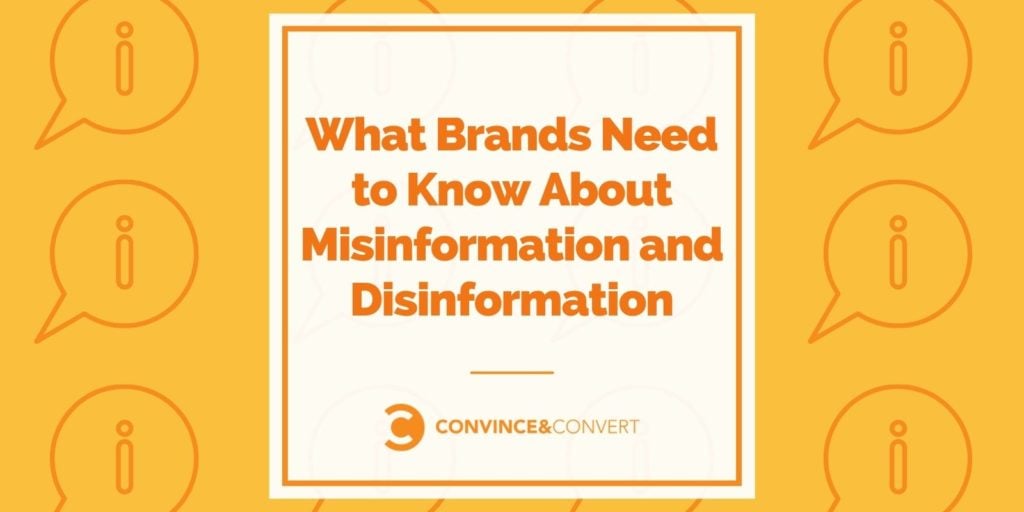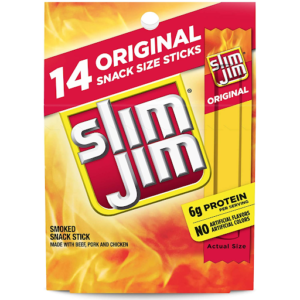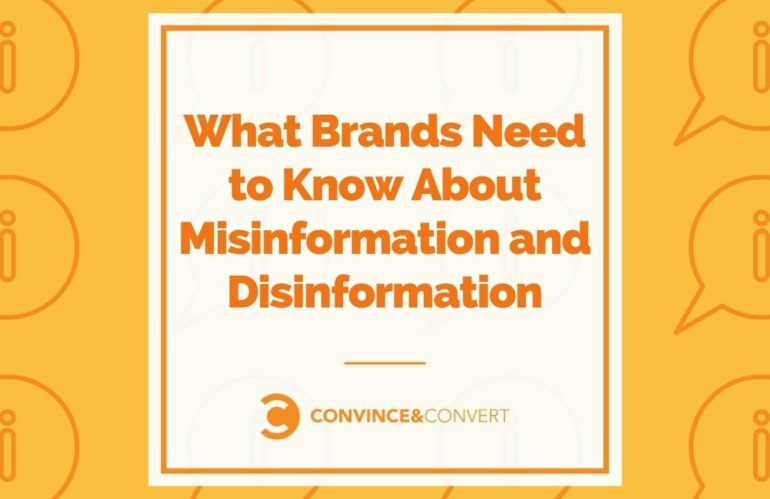
There are no earthworms in beef jerky sticks. It is very important I specify that in advance, lest anybody not read this post in its totality.
.False Information Opened A Can Of Worms For Me.

Beef jerky was my earliest memory of experiencing false information. When I was in grade school, I constantly appeared to be running late at lunch. Waiting in line for average school food was both unexciting and likewise put me at threat of running late to my after lunch class. I typically utilized my lunch cash to purchase treats from the school snack bar’s treat bar. That usually included chips, cookies and Slim Jim beef jerky sticks (for protein, naturally). Oh how I enjoyed Slim Jim.
A fellow schoolmate pushed me one day and informed me – – so everybody around might hear – – that beef jerky includes earthworms. Particularly, “earth bait.”
He took “earth bait” to suggest “earthworm” and believed I ought to understand. He was not a kid I normally liked so his viewpoint held little sway, however I wondered about the concept and honestly rather earned out. I examined my now unfurled Slim Jim plastic sleeve. There was, in reality, no earthworm or earth bait on the list of components.
Among the numerous other really doubtful components one did stand apart to me, though: erythorbate. This is a typically utilized preservative and, if you state it quick it performs in truth seem like “earth bait.” I expect this is the origin of the misconception that beef jerky includes earthworms.
.False information and Disinformation’’ s Impact on Brand.
This mistaken principle concerning Slim Jim stays in flow today. If you browse on Google for erythorbate, you’ll see a “People likewise ask” outcome: “Is Erythorbate a worm?”
This leads you to an advisory from the USDA that validates its origins (it’s highly-refined, according to the USDA, and is carefully associated to vitamin C) and likewise specifies in plain English: Erythorbate is NOT earthworms. They get telephone call to their hotline.
This is an example of basic false information spreading out rather innocently. We’ve heard a lot about mis- and disinformation and bad stars throughout current elections, continuous political fights around Covid-19 and throughout congressional hearings when particular social networks executives declare to be tamping it down.
.What’’ s the Difference Between Misinformation and Disinformation?
It is very important to clarify that false information and disinformation are various things.
Misinformation, as I kept in mind, is usually spread out without malice or intent. Disinformation, on the other hand, is normally arranged and has a particular result in mind.
For example, if somebody began an anti-beef-jerky union they may take advantage of spreading out the incorrect truth that beef jerky includes earthworms. There is not, to my understanding, a union of this nature behind the abovementioned falsism.
This difference is essential however subtle. It’s extremely most likely that your brand name or company will discover itself in the middle of false information from time to time. It’s likewise progressively likely that you might be in the crosshairs of a disinformation project, too.
A September 2021 research study by the Network Contagion Research Institute discovered that disinformation is significantly being utilized versus brand names of all types.
.Be Prepared to Protect Your Brand.
How should you get ready for and react to false information and disinformation when you see it?
.1. Constantly be listening.
Active social networks listening is the very best method to spot incorrect info prior to it captures on. This is a standard activity and its advantages reach far beyond recognizing prospective false information.
Look at the information thoroughly to take a look at for typical language in remarks or user-generated posts. Look broadly at posts your neighborhood supervisors are reacting to and search for remarks that may be otherwise neglected in daily neighborhood management (especially if your group is big or the responsibility for reacting rotates amongst various people).
.2. Produce your brand name interactions thoroughly.
Brands themselves in some cases add to a sense of confusion. Be additional clear about things that might trigger confusion (like offers or things that have actually restricted accessibility).
Also think about how you expression Tweets and messages, specifically if your brand name is susceptible to phrasing things as a concern. When asking a concern stimulates neighborhood engagement, there are times. It’s not constantly required. NPR, mentioning Betteridge’s Law , really trains reporters to typically prevent it .
.3. Fix the record.If you experience incorrect details it’s essential to address it with fact and link to a source where readers can even more validate if they so pick, #ppppp>. It is likewise crucial to do this immediately.
.4. Context matters.
If it is clear from a consumer’s message that they are utilizing your services or product and have actually come across something that triggers a concern, it’s most likely not false information.
Which brings me to my last point……
.5. Think about the source.
If somebody appears in your feed for the very first time with plainly incorrect details, take a minute to take a look at their other posts. Examine to see if they’re a possibility or client. If not, it is possible it might be a giant out to spread out bad details about you.
.Got Questions?
These actions do not eliminate the danger of mis- or disinformation targeting your company, however they are handy protective maneuvers that can restrict the effect. Concerns? Let us understand .
The post What Brands Need to Know About Misinformation and Disinformation appeared initially on Content Marketing Consulting and Social Media Strategy .
.
Read more: convinceandconvert.com
